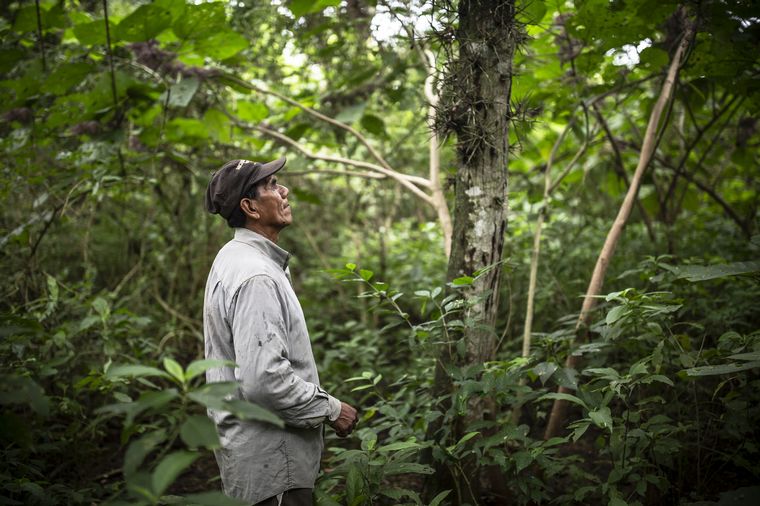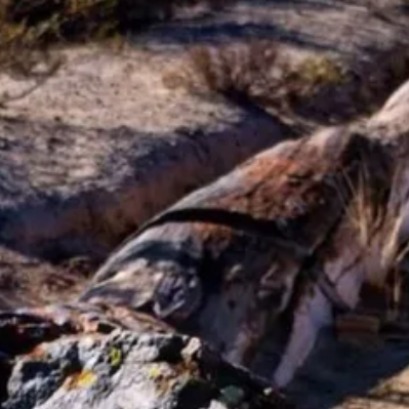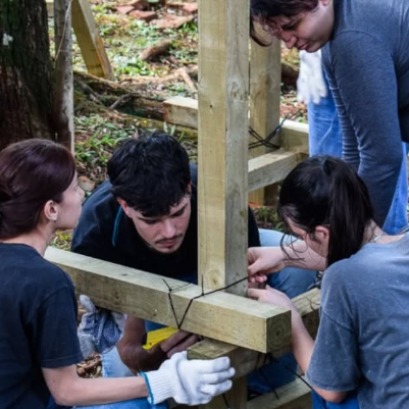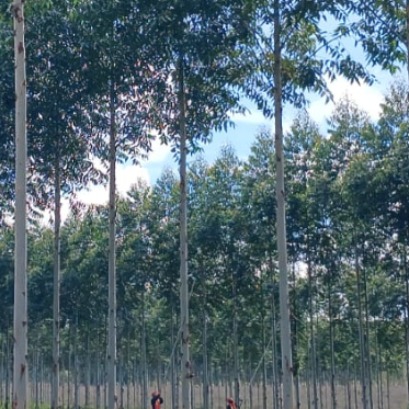
Baum, the Córdoba tree factory, and Alianza Wichi join forces to reforest the Gran Chaco
The aim is to recover a large part of the biodiversity of the geographic region, affected by human actions. Baum, Fábrica de Arboles, and Alianza Wichi joined forces to reforest the Gran Chaco. This combination of reforestation and work in the territory together with local communities seeks to recover a large part of the biodiversity of this geographic region, so affected by human actions. To achieve the objective, entities need the commitment of people, companies and institutions that plant trees online.
Baum, born in 2021, has brought more than 20 massive reforestations to the province of Córdoba in the last year and a half. It is a venture that produces native trees on a massive scale and a tool with which all people, companies and institutions that want to contribute to the environment can do so through the planting of native trees, thus mitigating their carbon footprint and raising awareness. environmental.
It is in this search to expand, Baum works together with Alianza Wichi. It is an organization committed to the collaboration and empowerment of indigenous cultures in the South American Gran Chaco. Its focus is on protecting ancestral territories, promoting biodiversity and creating thriving ecosystems for the sustenance and well-being of communities.
Through educational programs, environmental restoration projects and economic empowerment, they seek to promote a respectful and enriching dialogue between cultures, building a sustainable future in harmony with nature.
Rodrigo Vidales, one of the founders of the organization, said that this joint work had been planned for a long time and pollution, deforestation and lack of water were considered as some variables to carry out actions forward.
"It was impressive for the community when we arrived with the trailer and the number of trees we brought. The community appreciates it very much and is very hopeful. In exchange for their participation, they receive financial compensation. This is also achieved thanks to companies and institutions that They trust us and join in planting trees through our website," he said in dialogue with Cadena 3.
As a result of the imminent need for trees in the geographical region of Gran Chaco, Baum and Alianza Wichi proposed a reforestation of 5,000 trees for the territory of Tartagal, in the province of Salta.
The founder of the foundation, Martin Craf, told Cadena 3 that it will allow quality subsistence for indigenous peoples.
"It is a recovery of ecosystems with the communities, learning from their knowledge and understanding that a healthy mountain is a healthy community," he noted.
Meanwhile, Chief Juan de Dios said that they will take care of the carob trees "with their lives." "I feel more accompanied by nature to see that they are committed to working and showing gratitude to life more than anything," he added.
These specimens will be provided by Baum-Tree Factory, who will carry out the reforestation together with members of the local Wichi community and will coordinate this work with the Alliance.
The species that will be planted is the white carob, whose many uses (wood, shelter and fruits) date back to pre-Columbian times.
This tree is highly revered by the Wichi community for all its benefits: this native species is a refuge for other species of flora and fauna, its fruit is food for the communities, it helps retain soil moisture, while it does not need much water supply to adapt, among other particularities.
Carrying out these types of carbon-positive actions are essential these days, when caring for the environment is one of the main topics to be urgently addressed. Whoever collaborates with Baum and Alianza Wichi will obtain a certificate for the amount of carbon captured, calculated under international standards, among many other benefits.

IT MAY INTEREST YOU
 The forest of the oldest shadows: the story of the petrified trees
The forest of the oldest shadows: the story of the petrified trees
One of the natural treasures of Río Negro turns 23 years old under the protection law that allows its conservation. Where it is and how it was formed. Río Negro celebrates 23 years of conservation in the petrified forest as a Protected Natural Area (ANP). It is a space of 625 hectares that protects an exceptional site of fossil trunks that date back more than 60 million years.
 Architecture with identity: university students from Argentina and Paraguay design and build with missionary wood
Architecture with identity: university students from Argentina and Paraguay design and build with missionary wood
The Faculty of Art and Design (FAyD) of the National University of Misiones (UNaM) hosted the inauguration of the first edition of “Yvyvyrá: territory, matter and architecture”, an international workshop that promotes learning, experimentation and architectural design using wood and other materials typical of the biomes of the Atlantic Forest (Paranaense Forest) and the Humid Chaco.
 Paraguay | The plantations became instruments of territorial development and the generation of decent employment, INFONA highlights.
Paraguay | The plantations became instruments of territorial development and the generation of decent employment, INFONA highlights.
Plantings in different phases, control of ants and weeds, pruning and thinning, mechanized harvest, technology applied to the field and complete integration of the production cycle were part of the CREA Forestal proposal in its Technical Update Conference – JAT Forestal 2025. The event took place on Friday, November 14, at Estancia Ñemity, located in San Juan Nepomuceno, Caazapá, where agricultural producers, technicians, contractors, students and companies in the sector met to observe the forestry business of the future in action.



















